Welcome to the 71th episode of Decode Quantum, and a new one in English after Jay Gambetta from IBM. This time, Fanny Bouton and myself had a chance to host Jan Goetz, the co-CEO of IQM, the famous Finish superconducting qubits startup.

Jan Goetz is the co-CEO and cofounder of IQM which was launched in 2019. Before that, he got his PhD at TUM (Technical University of Munich) in 2016. He conducted his work as a researcher at Walther-Meissner-Institute (WMI) in Germany (Garching, near Munich) working on the characterization of superconducting circuits. After that, he was a post-doc at Aalto University, Finland, from 2017 to 2019 and a Marie Curie fellow. All his history in research is around superconducting qubits as we’ll discover.
This podcast is also broadcasted on Frenchweb. And below, you’ll find key transcript elements and useful links.
How did he land in quantum? He started learning physics in Munich and wanted to do some experiments on top of theory. He had to chose between energy physics and condensed matter. He ended up with the latter. In 2010, he decided to do his physics diploma at WMI and worked on superconductivity and SQUIDs. Then, he did his PhD focused on microwave circuits.
His PhD thesis? It was not so much on quantum computing and more on the physics of superconducting quantum circuits. Superconducting qubits behave as artificial atoms with a single quantum wave. They can reach regimes with ultra strong coupling which does not exist in nature, with symmetry and parity checks. See The Interplay of Superconducting Quantum Circuits and Propagating Microwave States, published in 2017 (226 pages).
Then, during his post-doc in Finland, he started working on a QPU. The group he was working with studies an on-chip cooler using single electron tunneling. It was fundamental physics. They also worked on dual-rails qubits.
Jan tells the story of how IQM was launched. You need many things to launch a company: a team (IQM has four founders), a technology, and an infrastructure (initially, with the VTT cleanroom). Also, IP and patents that are needed to raise money. The company creation started in 2018 as the QPU development was ramping up worldwide. He had observed some large funding rounds and it seemed it was the right time to start. Mikko Möttönen from Aalto and VTT pushed him to become the CEO. As such, you need to be a good listener, get the right advice and find the right balance between pitching a story to investors and to the company team. Engineers don’t believe in fairy tales.
What was the story 5 years ago? It started at the chip level, with the cooler and fast readout. There was an early plan to become a chip manufacturer. It turned out that it doesn’t work without system integrators and there are not many.
Then, Finland took over the EU presidency. He started discussing with the EU about creating a leading system integrator for QPUs in the EU. There was also the EuroHPC program and its procurement program. By the way, the hybrid-HPC LUMI Finish center acquired an IQM QPU outside of EuroHPC. The company started to sell experimental QPUs. It then announced a cloud offering and to have select cloud providers as partners.
While he still thinks that there might be NISQ cases with quantum advantages, the topic of QEC has matured. He mentions the paper on long range tunable couplers which are adapted to qLDPC codes which are more efficient. Still, many physical qubits are needed. He wants to reach 99.99% fidelities and thinks there are no fundamental limits to reach it.
We discuss the role of the 900K€ 5-qubit supercomputer that is sold for education and research. It enables universities and research organizations like Julich to learn using the system but also extend it, and even replace some of its components. IQM published a paper on this use case: On-Premises Superconducting Quantum Computer for Education and Research by Jami Rönkkö et al, arXiv, February 2024 (47 pages). We mention that Rigetti and Origin Quantum have adopted similar approaches. The revenue generation is one aspect but the end goal is to help address the global shortage of talents in quantum computing.
We discuss the IQM roadmap. They are working on finalizing a 54 qubits QPU and the next step will be 150 qubits. Like IBM, they plan to assemble multiple chips for scaling up, using microwave interconnect, photonic interconnect being much more long term. They are also looking at various qubit topologies. Their work is enabled by their own cleanroom. They think that once they reach a good average fidelity, they will scale easily. We discuss about the limits of chip sizes like the wafer size (currently, 200 mm) and the need to have qubit being as large as possible.
They are also scaling control electronics, including various possible combinations of room temperature electronics and cryoCMOS and SFQ (superconducting) electronics. We discuss the build vs buy approach in that domain. They started with one vendor on control electronics in 2018. What matters are specifications and price.
How about the Unimon qubit designed by VTT? It is still an exploration area, not yet at a reliable stage. The transmon is currently simpler to build and operate.
Funding the company is more difficult now. Investors are more diligent and careful. There is still money out there. They think that they have executed well on their strategy and even delivered some revenue. They raised in 2022 at the peak. They now compete with new companies from APAC (asia-pacific). How can EU be smart here? There is a need to run fast and there will be some consolidation.
How about software? There is a lot of software under the hood with firmware, compilers, error mitigation, etc. which conditions system performance. They work with Riverlane in the UK (for quantum error correction syndrome decoding), ParityQC in Austria (various computing models), HQS in Germany (chemistry applications) and Eviden in France (around the QLM/Qaptiva emulation platform).
How to attract talents? It is about building a brand and reputation. A good sign is they have many applicants for job offerings. Need to find experienced people, particularly with the emergence of quantum engineering needs and skills.
PS: after the recording of this podcast, IQM announced in May 2024 that it would invest 100M€ in France to put in place superconducting chips industrial capabilities manufacturing, first with a pilot line at CEA-Leti in Grenoble. Other academics and startups are participants to this project, including Alice&Bob. See IQM Quantum Computers announces plans to build a fabrication facility in France by IQM, May 2024.
![]()
![]()
![]()
Reçevez par email les alertes de parution de nouveaux articles :
![]()
![]()
![]()


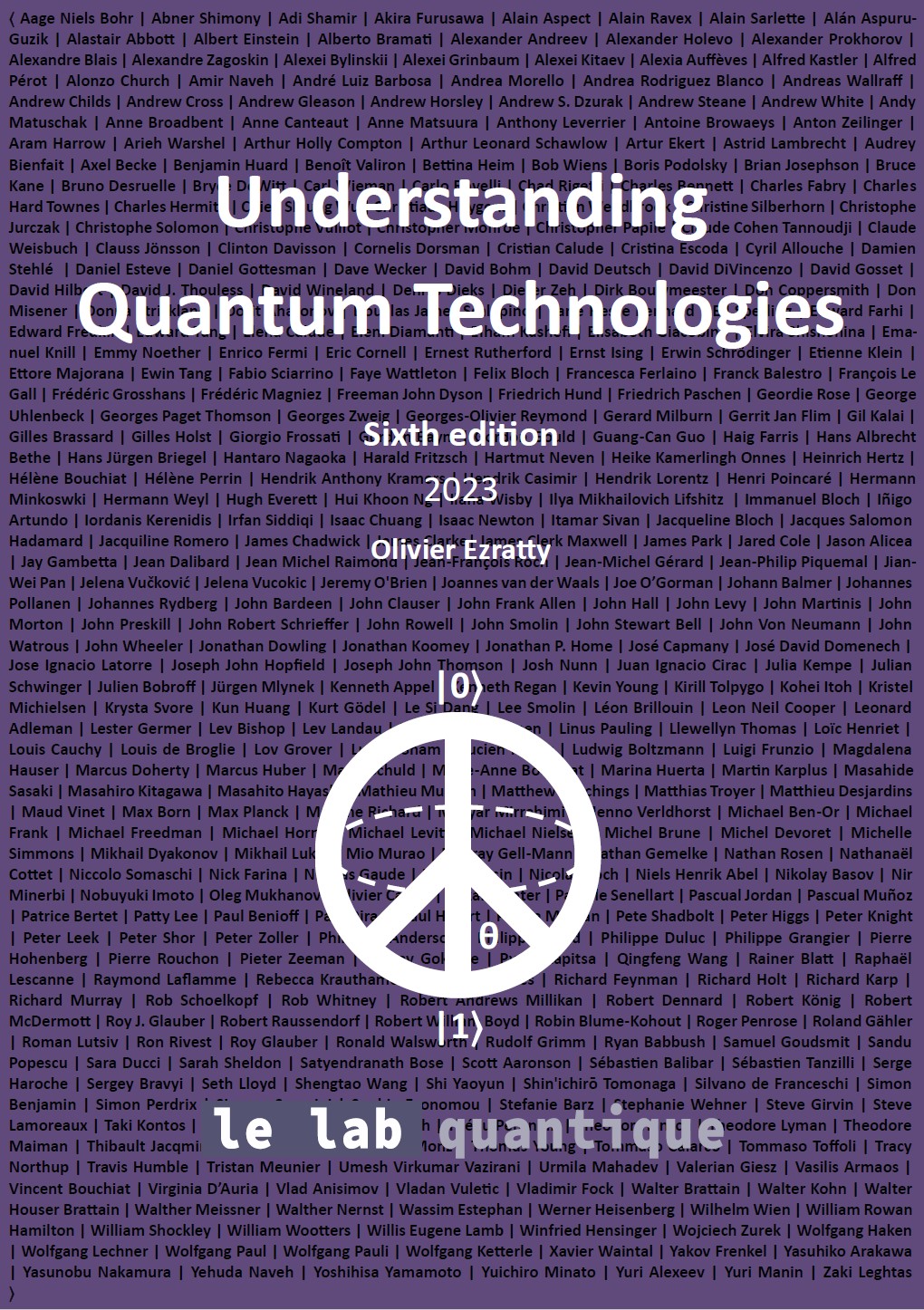


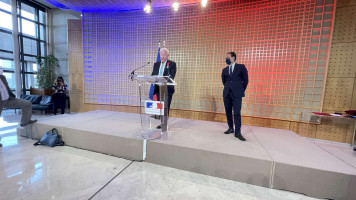
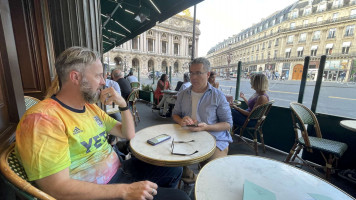







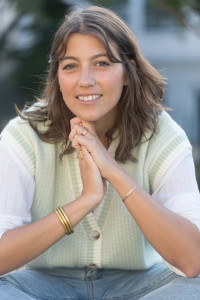





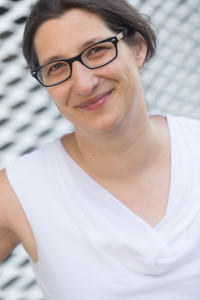
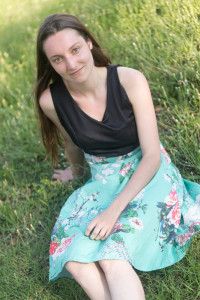

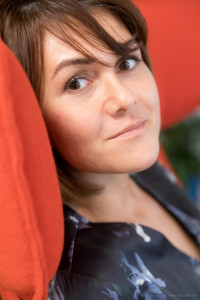




 Articles
Articles